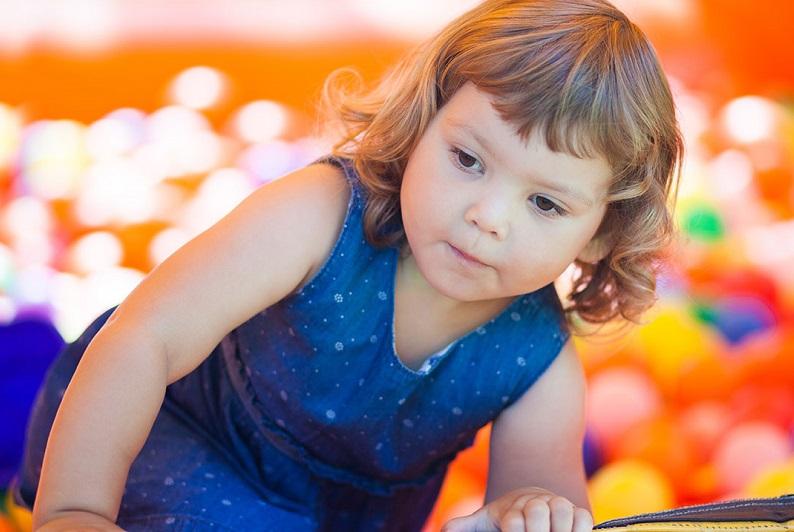Movement and play: Toddlers
Toddler play: why it’s important for movement and motor skills development
Play is one of the main ways that children learn, develop and grow. Play is good for all areas of your toddler’s development, including her motor skills development.
Playing with your toddler each day helps him move about and strengthens his muscles and bones. It’s also good for your toddler’s confidence, as he tests his abilities and discovers that he can climb higher, run faster and jump further all the time.
And when your toddler gets lots of physical activity into her day through play, it’s good for her overall health and wellbeing.
Tip: New Zealand guidelines say that toddlers should be active for at least three hours every day – but this doesn’t mean three hours of running around until your toddler is exhausted. Being active can include quiet play – for example, building with blocks on the floor – as well as walking, running, jumping and climbing on play equipment.
What to expect: toddlers and movement
At this age, your toddler will probably be able to:
- pick up small pieces of food between his pointer finger and thumb
- use both hands well but might prefer to use his left or right hand (choosing the left or right hand for writing and drawing won’t happen for another few years)
- hold a pencil in a basic writing position at 2-3 years
- turn door knobs at 2-3 years
- walk up and down stairs using alternate feet at 2-3 years – but he’ll probably still need to hold a handrail or an adult’s hand
- throw a ball without falling over
- screw and unscrew jars and lids at 2½-3 years.
As your toddler heads towards three years, you might see that she can’t keep still – she’s always running, jumping or kicking! She might even try to climb up and over you or other familiar grown-ups. Many toddlers also like rough-and-tumble play.
Walking now becomes the heel-to-toes grown-up style, rather than the legs-apart, flat feet style of a new walker.
Your toddler is becoming more coordinated and is better at doing simple things for himself. For example, toddlers can start dressing independently, eating independently with a spoon and fork, and drinking from a cup. By three years they can manage toilet training.
Your child will probably want to test physical limits, climbing as high and running as far as possible – small bumps and falls are common. This is a normal part of how children learn and develop.
Movement and play ideas for toddlers
Here are some play ideas to get your toddler moving in different ways:
- Listen to music that gets your toddler moving to the beat. Add some simple props – like ribbons or homemade shakers – to encourage her to shake, sway or twirl. You can even sing simple songs and rhymes with actions for your toddler to copy.
- Try ride-on toys from 12 months.
- Try scooters, balance bikes and tricycles from 2-3 years. You can try this even earlier if your toddler shows he’s interested.
- Give your toddler different-sized containers so she can put the small ones into larger ones – this helps her practise fine motor skills.
- Do puzzles and play with blocks together.
- Go for outdoor play in parks or backyards, at the beach, or anywhere your toddler can safely walk, run and explore. This gives him the chance to practise gross motor skills on hilly, sandy, rocky and other surfaces.
- Let your toddler use playground equipment. It’s a good idea to supervise your child to help her avoid injury.
Tip: Sitting in prams, strollers and car seats for too long can make it difficult for toddlers to move and be active. When you can, let your child walk, or use a bike, scooter or push-along toy. It might make your trip a bit slower, so give yourself lots of time to get where you’re going.
This article was published with permission from raisingchildren.net.au

